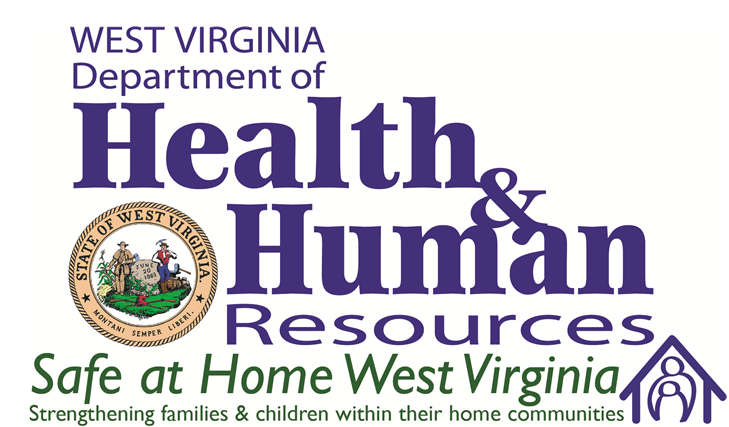
Working together to provide opportunities for youth to lead safe, healthy, and successful lives within their home communities.
What is Safe at Home West Virginia?
Safe at Home West Virginia is a state funded program providing temporary support to:
- Reduce reliance on out-of-home settings and prevent re-entries into them
- Ensure youth remain in (or return to) their community settings whenever safely possible
- Reduce the number of children in placements out-of-state
Safe at Home West Virginia empowers families by utilizing an innovative Wraparound planning process including:
- Trauma-informed assessments and planning focused on needs
- Wraparound services that are individualized and coordinated
- Evidence-based services and supports to improve long-term outcomes
Who is eligible?
FY22 Safe at Home Eligibility Definition
Qualifying Criteria: System involved youth, age 9 to 18 years of age either in foster care placement or at imminent risk of foster care entry; or, for a child aged 5 and older who is an adopted child or is in a legal guardianship arrangement which is at risk of disruption.
AND
The applicant demonstrates dysfunctional patterns of behavior due to exposure to trauma as indicated in the Child and Adolescent Needs and Strengths (CANS) assessment tool.
AND
The family/caregiver demonstrates significant need(s) in at least one of the following areas, as indicated in the CANS assessment tool:
a) Knowledge of needs and service options;
b) Discipline; or
c) Family stress
How does Safe at Home West Virginia work?
- Referrals are made to BCF Workers and can be made by a variety of community members, which may include BCF staff, members of the judicial system, healthcare providers, educators, probation agencies, and law enforcement
- BCF Regional Program Managers determine eligibility and refer eligible cases to a Local Coordinating Agency (LCA) providing SAH wraparound services
- The LCA assigns a Wraparound Facilitator, who quickly begins coordination with the family, the Multi-Disciplinary Team (MDT), the Child and Family Team, and community partners
- The Wraparound Facilitator works with the family to create an individualized Crisis Plan and Wraparound Plan, which are actively followed through regular contact
- Formal and informal services and supports are arranged after a thoughtful planning process based on the family’s specific needs
- As the family becomes increasingly successful over the course of approximately 9 months, formal supports and services are replaced with informal (community-based and family) supports.
How to make a referral:
Understanding Wraparound
Wraparound differs from many service delivery strategies, in that it provides a comprehensive, holistic, youth- and family-driven way of responding when children or youth experience serious mental health or behavioral challenges.
Wraparound puts the child or youth and family at the center. With support from a team of professionals and natural supports, the family’s ideas and perspectives about what they need and what will be helpful drive all work in wraparound.
The youth and their family members work with a wraparound facilitator to build their wraparound team, which can include the family’s friends and people from the wider community, as well as providers of services and supports. With the help of the team, the family and young person take the lead in deciding team vision and goals, and in developing creative and individualized services and supports that will help them achieve the goals and vision. Team members work together to put the plan into action, monitor how well it’s working, and change it as needed.
(Source: National Wraparound Initiative)
For more information visit: